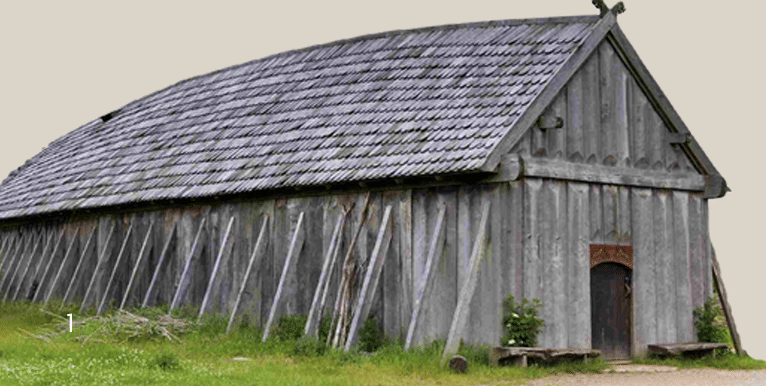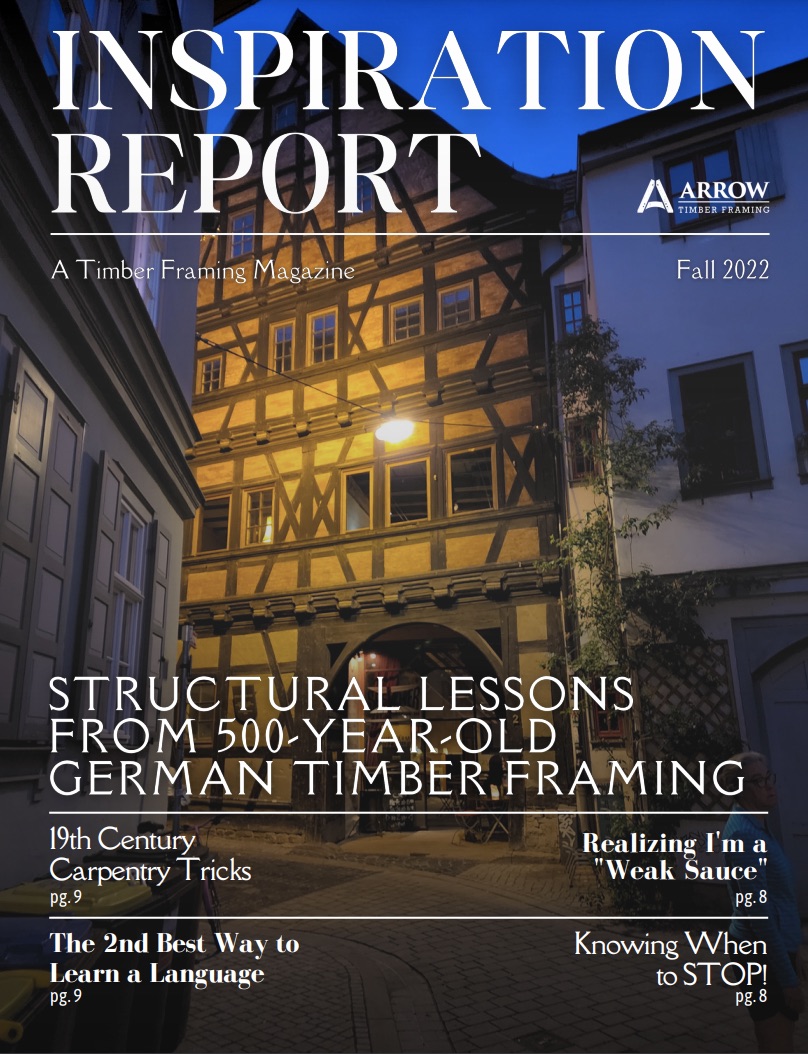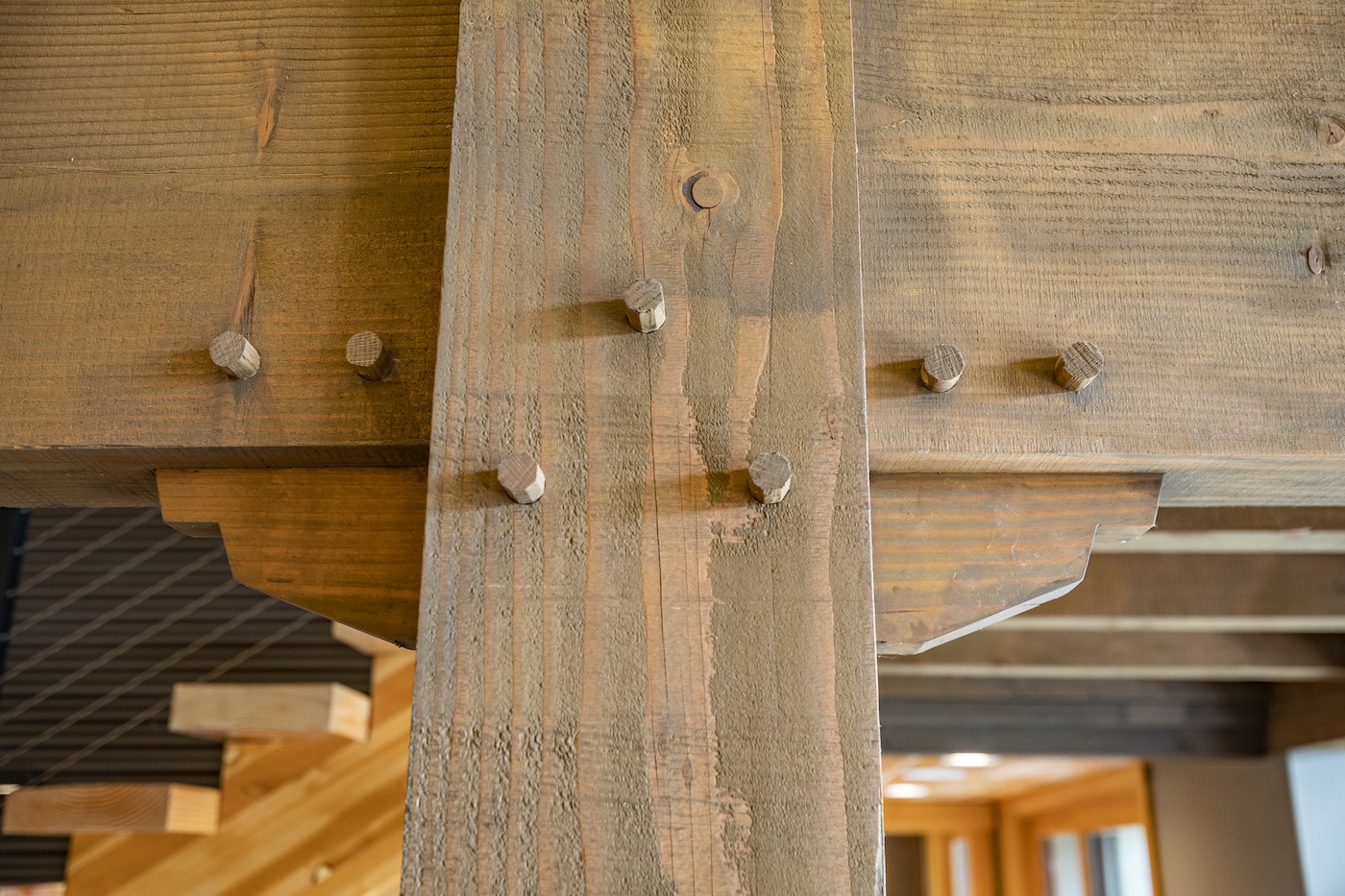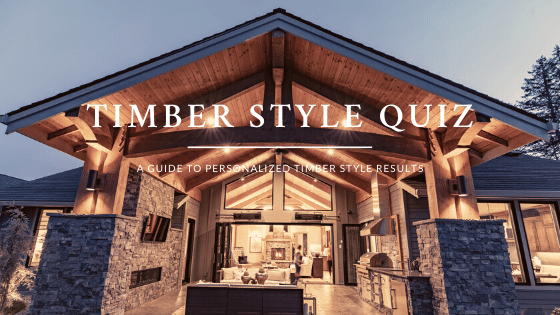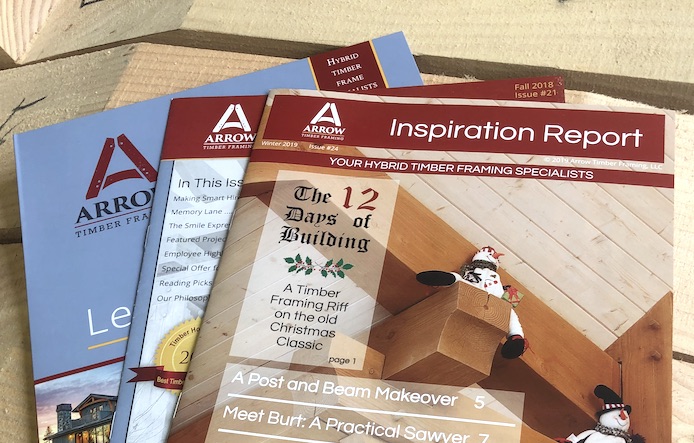Why do I only notice the windshield of my vehicle if it has a big ugly chip or is cracked? Or why do the few airplane crashes that happen end up on the news?
The reason I pose these questions, which reveal how we as people learn and process information, is because SOME of the info I’m going to share with you will be 500-YEAR-OLD FAILS.
But I want to focus on the learning lessons and in no way disrespect the early builders who did the best they could with the info and tools they had.
Overall, I was incredibly impressed with what I witnessed on my short tour of old timber framing in Germany.
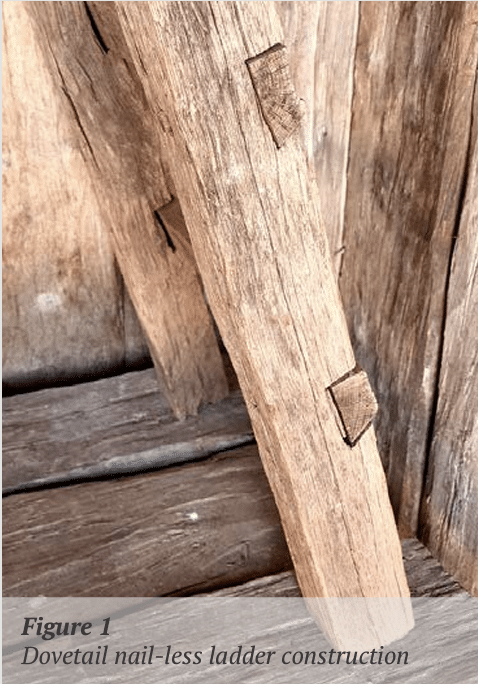
WHAT DID I MISS?
While I was able to see and learn a lot, I’m afraid I missed way more than I was able to take in. For example, the no-nail ladder construction pictured here (Fig 1) would have gone unnoticed if I had not snuck in a 20-minute nap while touring the Warburg castle where Martin Luther translated the New Testament disguised under the pseudo name of Junker Jorg. (Just an FYI, travel and tourism put a substantial cognitive load on one’s mind! In order to take in more, I had to charge the batteries with a power nap.)
The ladder was located in a low shed a little ways off the beaten path. And there happened to be a pile of old oak boards stacked up to the perfect bed height… hmm… I also noticed that pegs were installed through the half-lap knee braces at an angle to prevent the withdrawal of the knee brace.
Next, I noticed the angle cut on the bottom of each ladder rung. This partial dovetail joint made it impossible for the rungs to work loose.

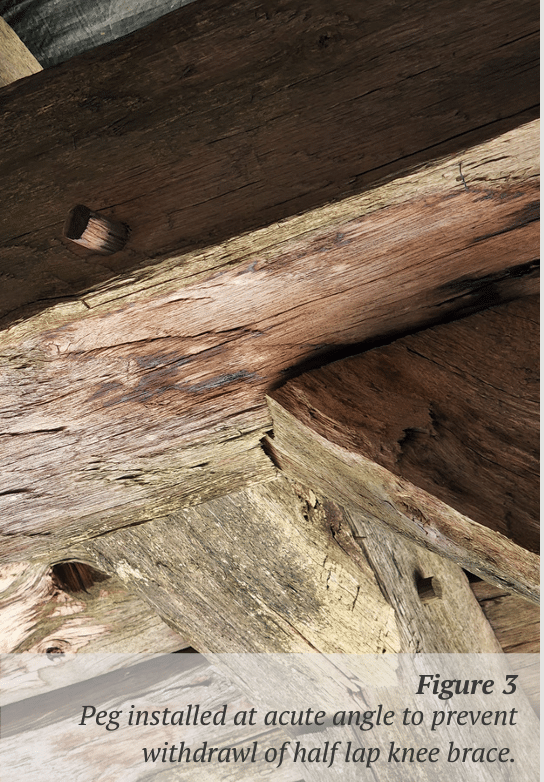
Straight-Talk Time
“Pitting Peter against Paul” reminds me of one of the drawbacks with traditional timber framing- as opposed to modern Post and Beam construction, which utilizes metal connectors.
Maybe I should keep this a “secret,” but I prefer to be straight forward… just like timber framing itself! The drawback I’m speaking of is the inefficient use of wood because the joinery is forced to “Rob Peter to Pay Paul.” The removal of wood required to craft traditional joinery, such as the mortise and tenon, reduces structural capacity. Both timber pieces sacrifice wood in a dance to optimize structural strength…
Do you find this drawback disappointing? Perhaps the following factoid will cheer you up. Nine times out of ten, timber frame beams are sized by artistic eye. To look right, bigger sizes are required which means the inefficiency drawback is often a moot point. There are times when a longer span dictates the timber size. And when timbers are too small to use traditional timber frame joinery, we usually opt to use hidden metal connectors to address tension loading.
So in practice, we don’t really see a lot of inefficient use of timber. Knowing the whole picture makes me feel good! But I firmly believe it is impossible to achieve a winwin using traditional joinery for ladders. There is a reason we don’t see traditionally hand crafted ladders in use today. A handy rule of thumb says it’s silly if your ladder weighs more than a beam you have to lift!
Cantilever Love Affair
The last construction detail I noticed on this shed which was also duplicated on the blacksmith shed, was the cantilevered ceiling joists supporting the rafters. Why would the early builders choose to build that way? Generally rafters rest on the wall plate beam. Upon reflection, three possible reasons came to mind:
1) To get bigger overhangs.
2) To spread out the joinery. If too many joints occur at the same place, wood removal can become excessive.
3) To increase the load-bearing capacity of the ceiling joists.
The roof load on the cantilevered joist shortens the actual interior span of the ceiling joists. I’ve noticed a lot of the “Pit Peter against Paul,” to neutralize or minimize structural loading in old timber framing- the epitome of a win-win solution, right?
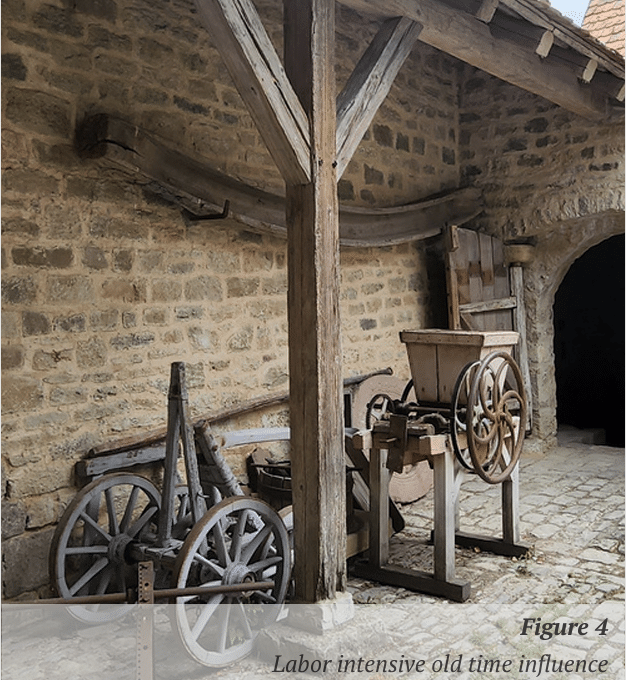
Bigger Cantilevers
I just mentioned early builders love affair with cantilevers. It is a handy pragmatic principle to use in building. But it can be a little risky! Consider the picture in fig 4.
With a single post supporting beams which get progressively longer to support the cantilevered floor of an old 3½ story apartment building, the load leverage was too great. The use of the cantilever backfired for these early builders! But I have true empathy- This modern day builder (me) has been bitten in the rear with glue-lams used in a cantilever situation.
The building pictured is over a river in Erfurt Germany. The stone arched tunnels support a narrow roadway flanked by the two tall apartment buildings. Both sides of the tunnels have been built out to support the a portion of the apartment buildings above.
Was this a planning oversight? (Fig 6) As in, “Say, boss, don’cha think these apartments should be a bit wider?” Maybe that was the case. But I’m guessing this was intentional value engineering, as the stone arches consume a lot of labor and material. With this buildout, even the big beams in the simple span here sag with the multiple story load during the passage of time. I’ve come to understand that the wood molecules actually creep and change orientation when under a big load.
Some of these big beams have sagged even though the spans have been broken into thirds with heavy angle posts. Why?..
I’m guessing that the thrust generated by the angular post can cause settling or movement at the bottom and top of the angle posts. This translates to magnified vertical movement at the top, allowing the main beam to sag.
Another important detail regarding the cantilever effect is the extra loading on the concrete footings.
As a young carpenter I mistakenly ordered long beams to span multiple posts believing I was making things stronger. But, then loading deviated from the engineers intended loading because of the cantilevered effect. (Fig 7)!
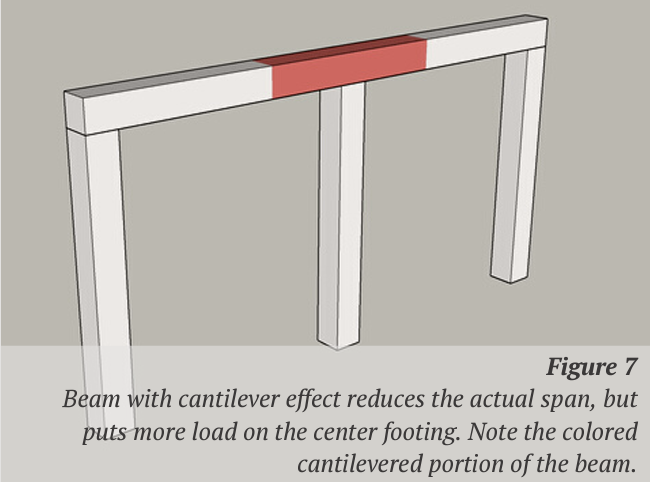
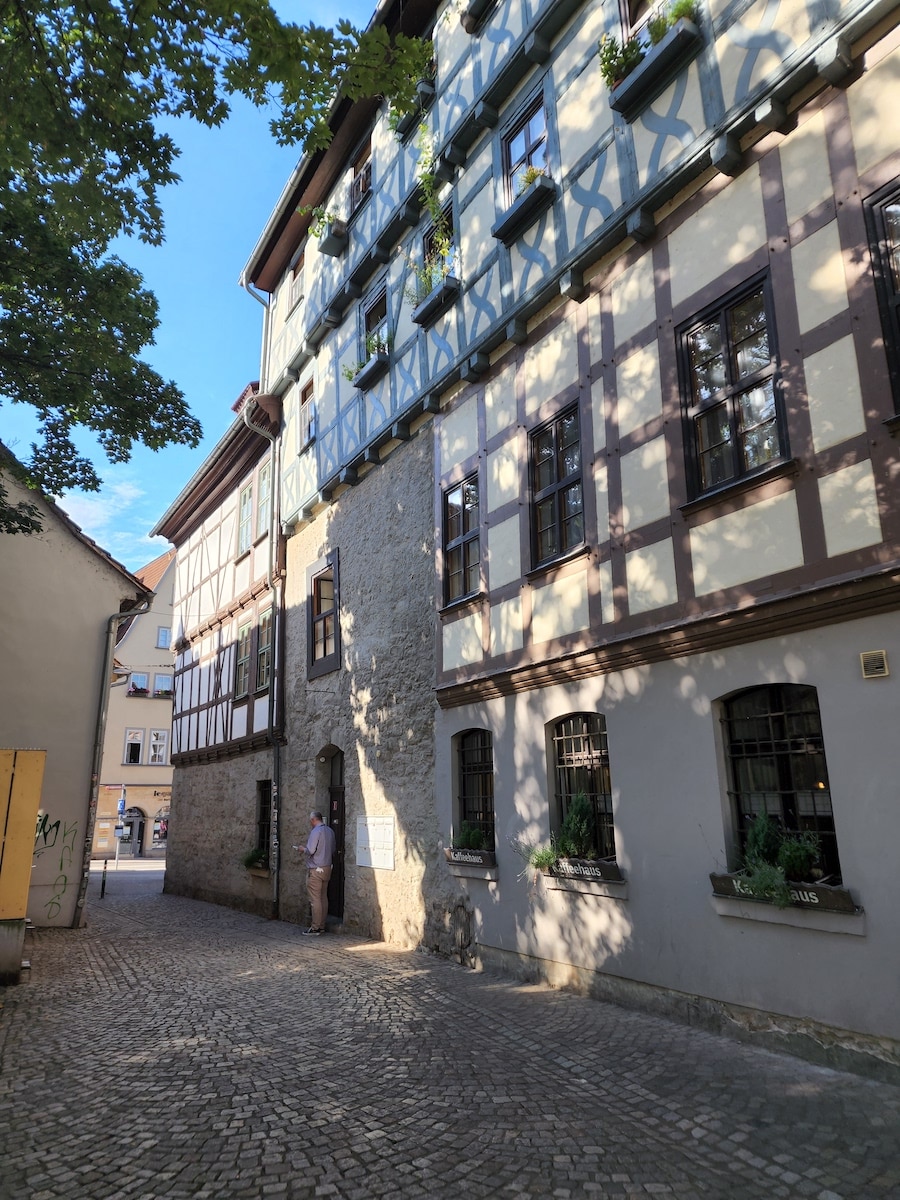
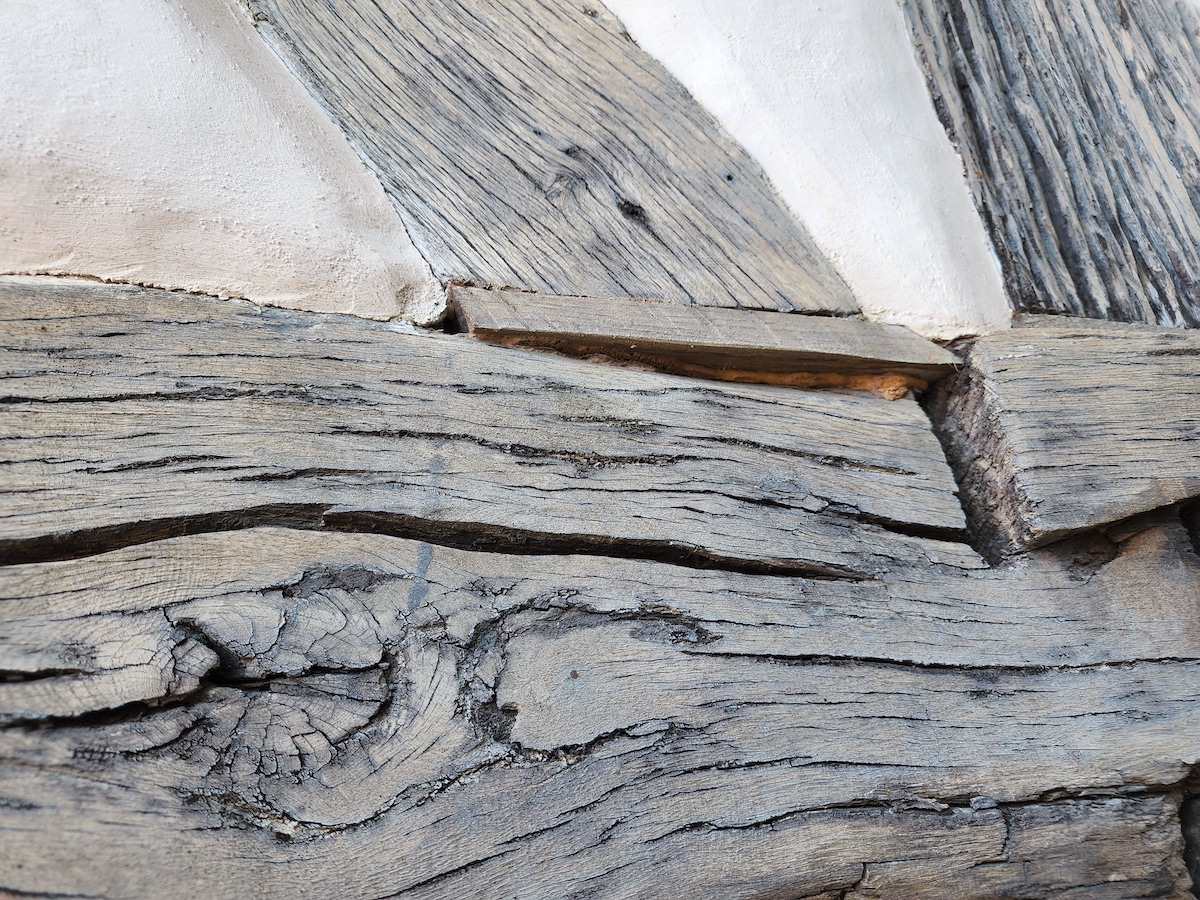
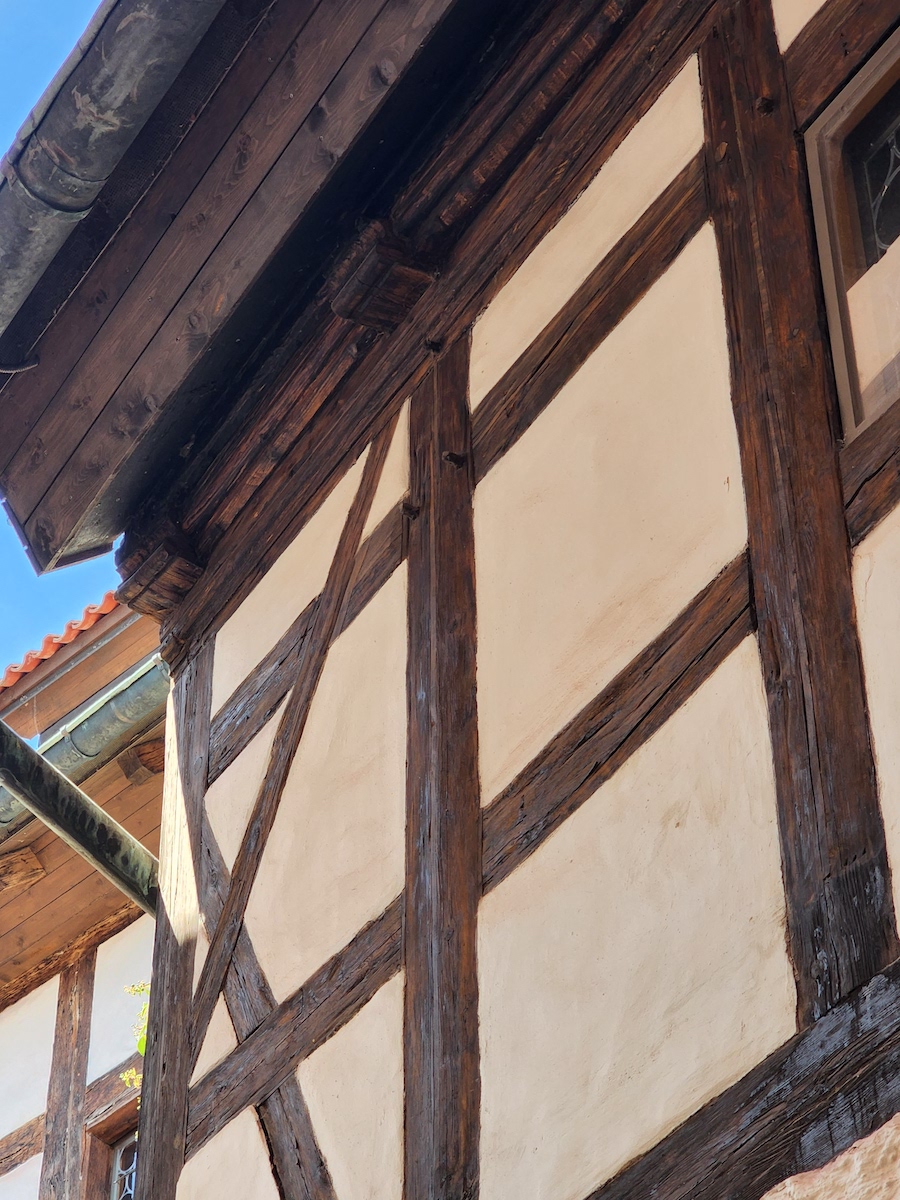

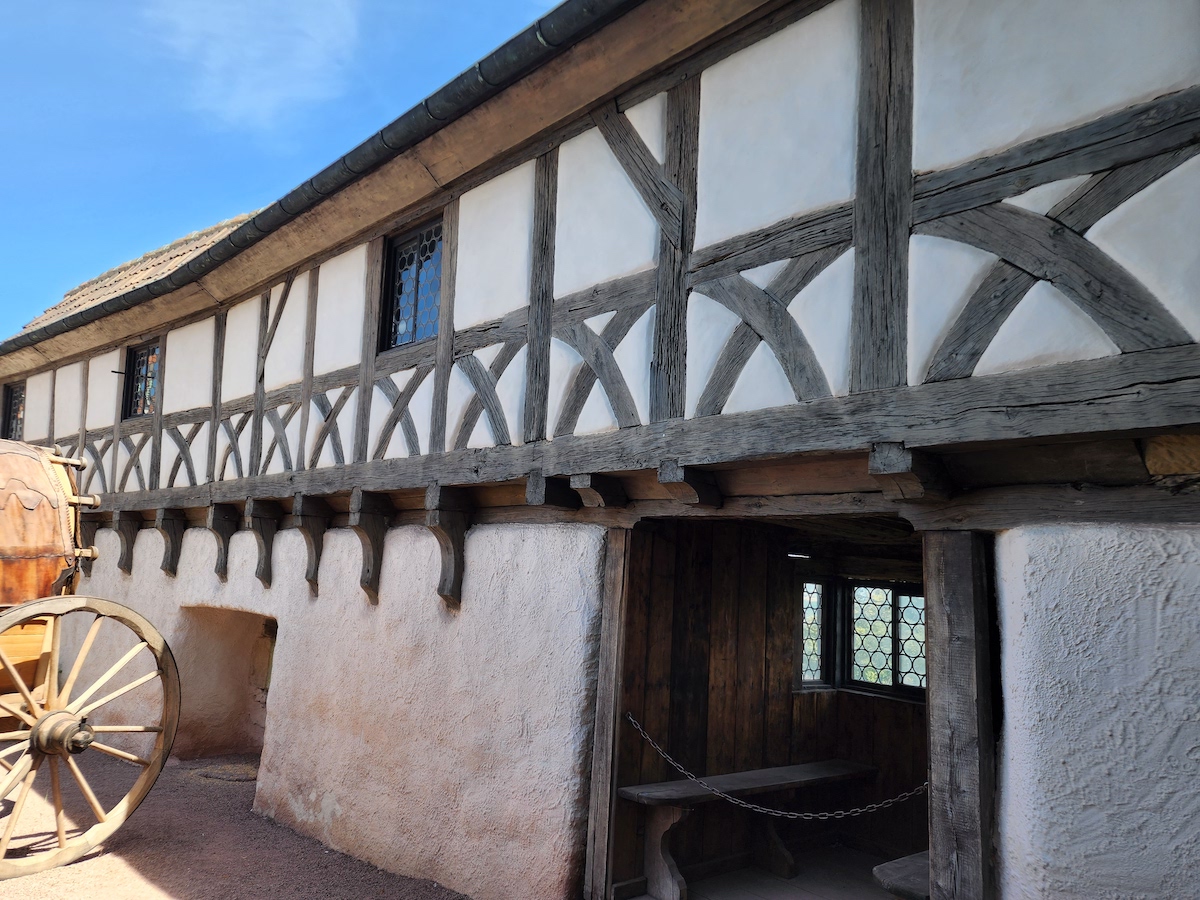
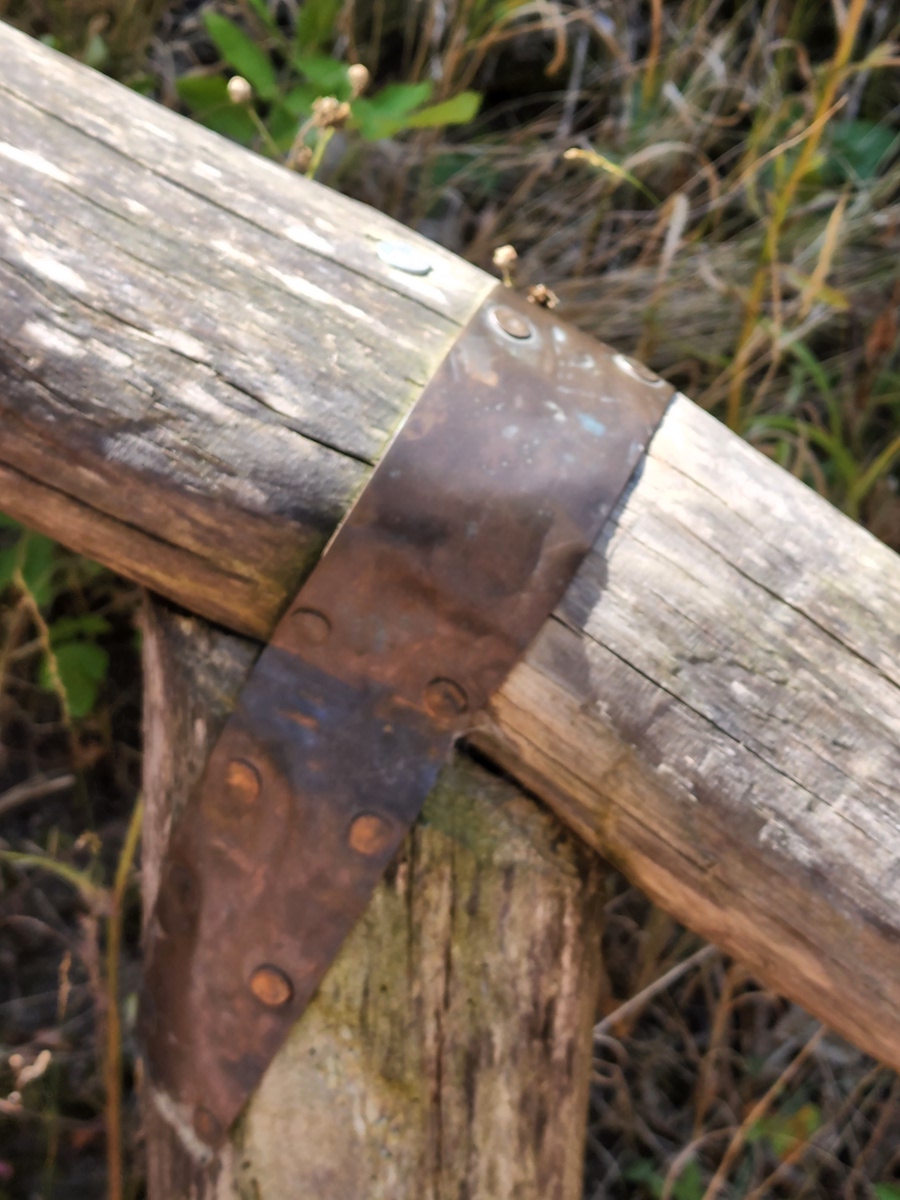

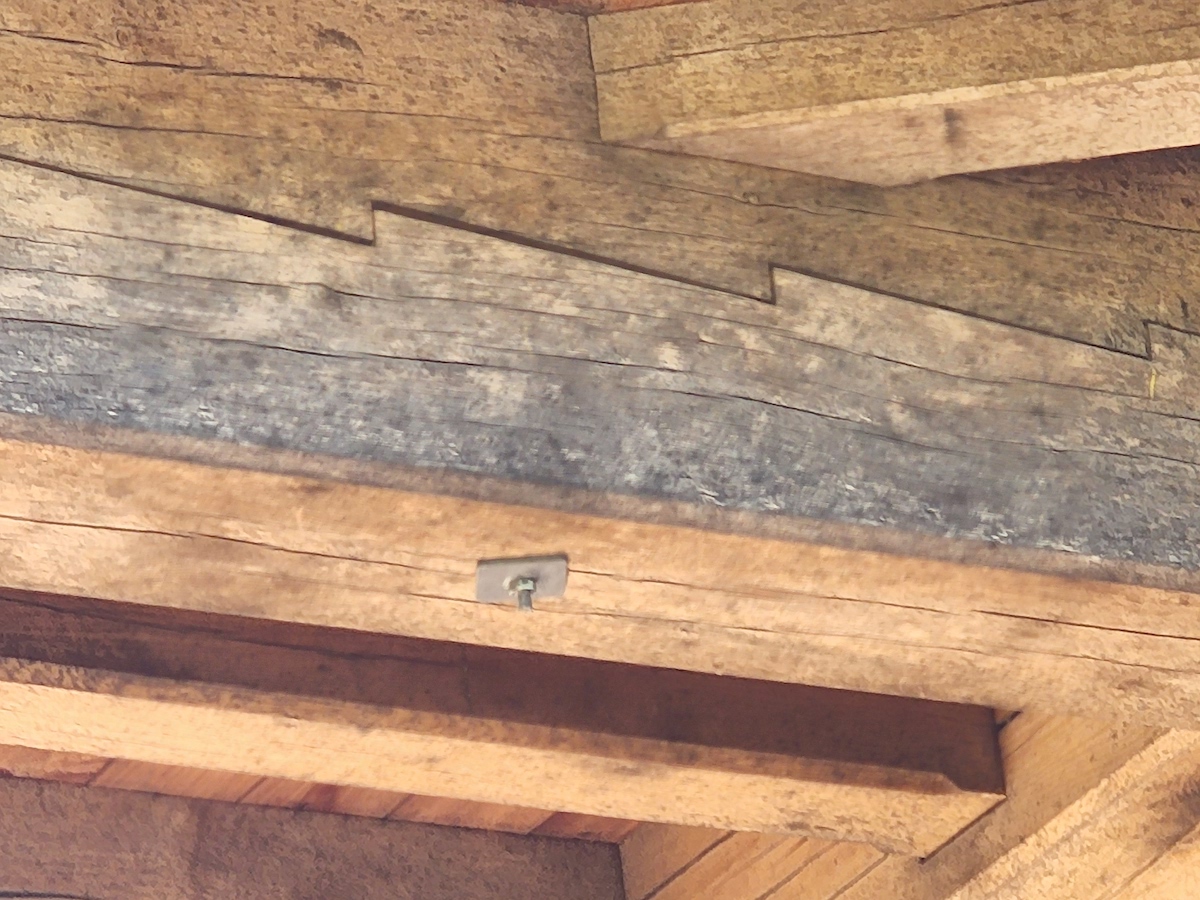

The History and Evolution of Timber Framing
Learn about the origins of exposed beam building in history, and how we almost lost the art of heavy post and beam construction. Not to mention, the rebirth of the art, and the current expansion of hybrid styles.
Building Your Single-Story Timber Frame Dream Home
Post & Beam Timbers | Drying, Species & Shrinkage
7 Reasons You Should Build Green
Are Exposed Beams Directly Linked to Stability?
How to Artistically Mix Logs and Timbers
How to Avoid a Structural 98lb Weakling
Insulation Values Myth: The “R” Fairy Tale
Full Timber Frame, Hybrid Timbers or Small Accents?
I Want It Big! The Veach Home Project
A Brief History and Evolution of Timber Framing
Timber Framing a 10K Sq. Ft. House
3 Unique Approaches to Timber Floor Plans
Differences Between Log, Timber, Post & Beam
8 Timber Mantels - Inspiration Is Easier Than You Think!
The Sherertz Family Project with GRO Outdoor Living
Trial by Fire: The Birth of ATF
Tips and Ideas to Make Timber Maintenance Fun
What Type of Beam Finish is Best for You?
Where To Draw the Line For Timber Decor in Your Home
Timber Framing: Why it's a 'Green' Technique
What It's Like Owning a Giant Sawmill
Videos: A Timber Frame Lakehouse
Video: Couple Decides on Timber Framing
Video: When Feng Shui Goes Wrong!
Structural Lessons from 500-Year Old German Timber Framing




